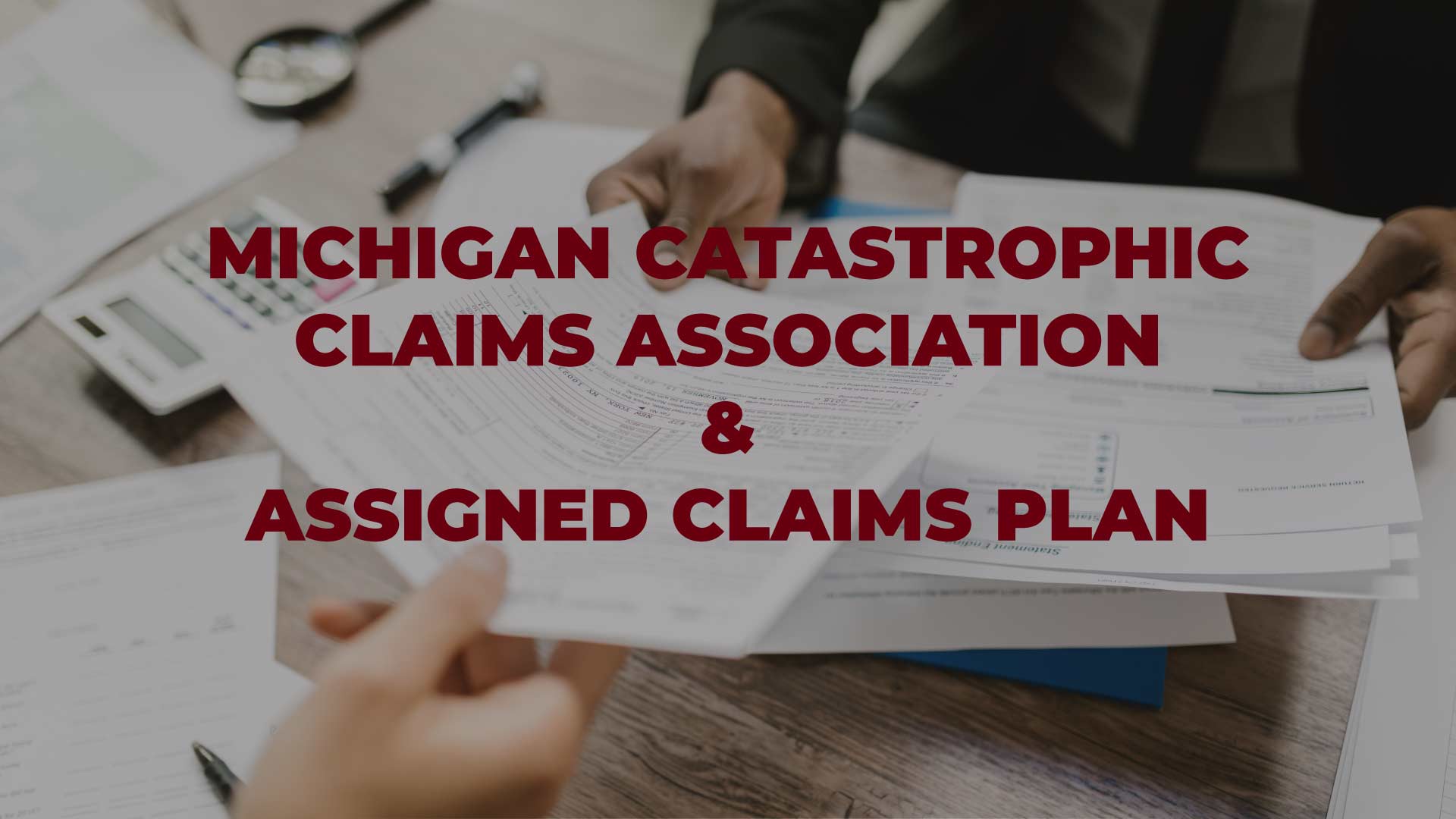Understanding the Michigan Catastrophic Claims Association, Assigned Claims Plan

We discuss the changes to auto no-fault laws that took effect over the last few years often around here due to the complexity of how those laws affect motorists following a crash resulting in catastrophic injuries. During segments of WLAJ 53 “In the Name of the Law,” Lansing personal injury attorney, Steve Sinas, discussed those changes, and in one specific segment he spoke about what’s called the Michigan Catastrophic Claims Association (MCAA), and the Assigned Claims Plan (ACP). If you haven’t heard of either of these two entities, it’s time to read up on them and understand the significant role they play in Michigan motor vehicle collisions.
What is the Michigan Catastrophic Claims Association?
The Michigan Catastrophic Claims Association (MCCA) is, at its core, a reinsurance fund. The fund is responsible for reinsuring lifetime uncapped benefits afforded to people under their auto policy. Following a crash that left someone injured, the injured person must first turn to their own auto insurance policy, and that policy pays the claim. However, after a person accrues $550,000 in costs associated with their motor vehicle injuries, the MCCA fund will reimburse any amount of money over that limit to the insurance company.
Importantly, however, not everyone has lifetime uncapped benefits mentioned above under the new no-fault law that was passed in 2019. Under the new law, motorists must now choose to pay for those benefits.
How is the Michigan Catastrophic Claims Association funded?
The Michigan Catastrophic Claims Association is funded through all motorists when they purchase their individual auto policies. If you look at what’s called your policy declaration sheet, one of the lines will show a contribution to the MCCA. Drivers have been paying into that fund for years, leading to a surplus of over $20 Billion to help pay the claims of those who are seriously injured.
What is the Assigned Claims Plan?
The ACP comes into play for individuals who are qualified for no-fault insurance benefits, but don’t have their own policy, nor is there one owned by someone in their household. This can include someone who doesn’t have a car and only uses a bike.
How did 2019 reform change the Assigned Claims Plan?
Prior to Michigan’s auto no-fault policy change, everyone who filed under the plan was able to receive lifetime uncapped medical coverage, however now, in almost every case, those expenses will be capped at $250,000 of coverage.
If you have medical expenses above that amount, and you didn’t cause the crash, it is possible that you might have the right to file a liability claim against the at-fault party. You can learn more about those types of claims by clicking here.

